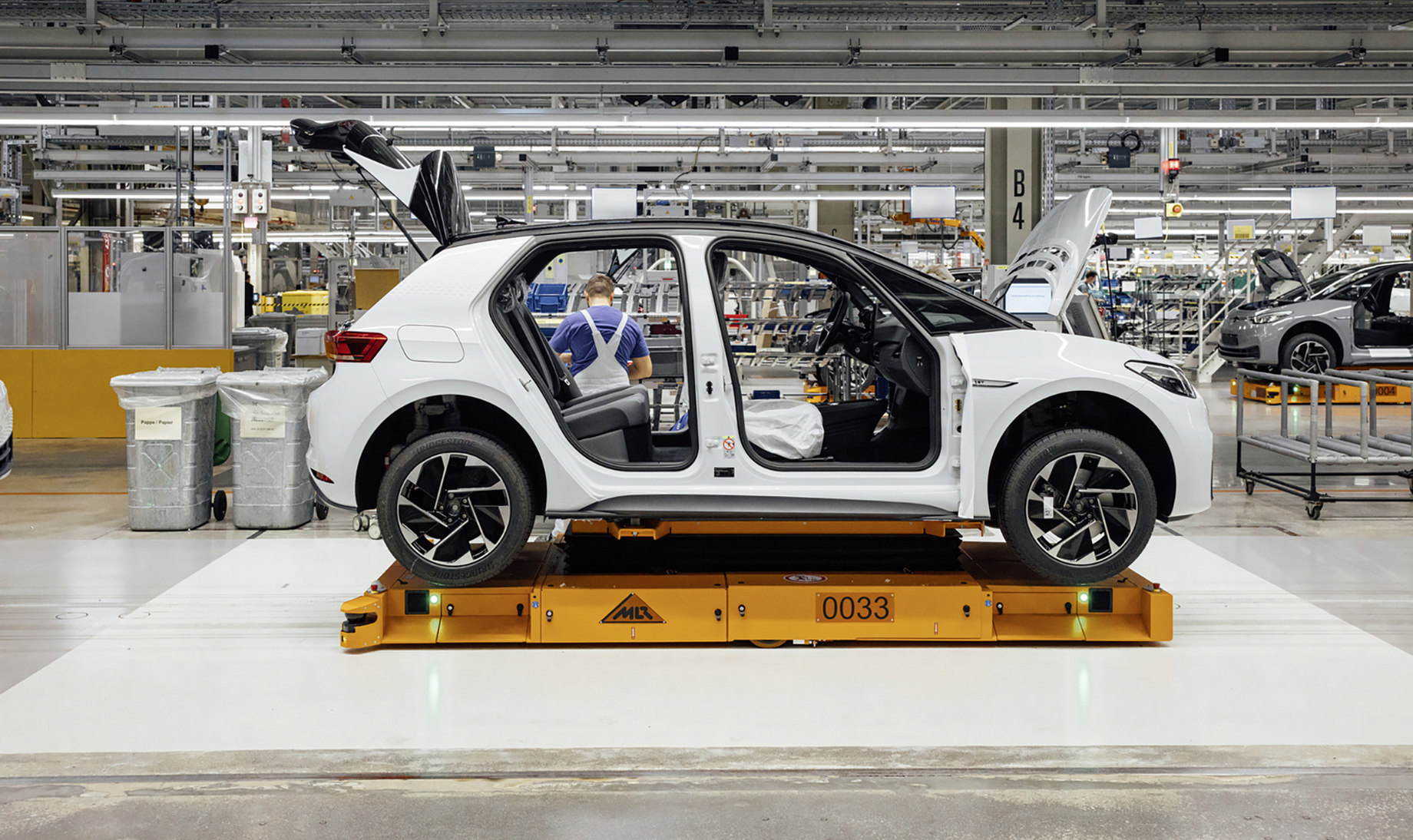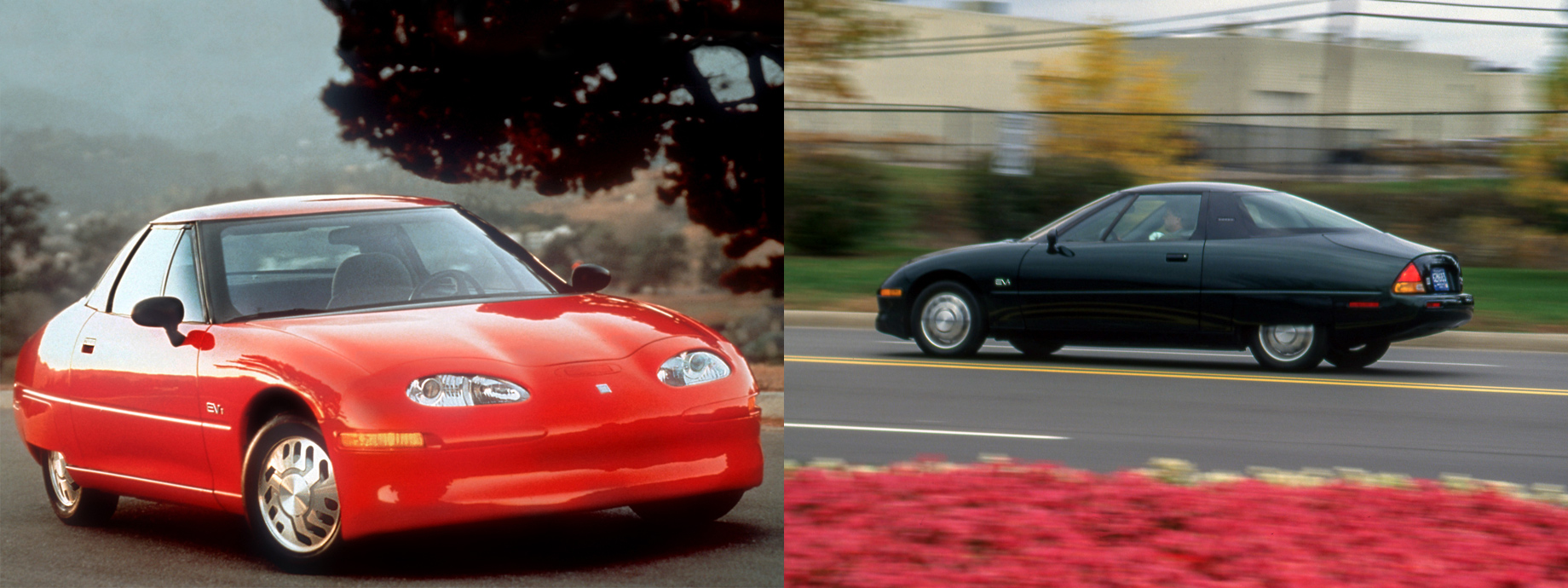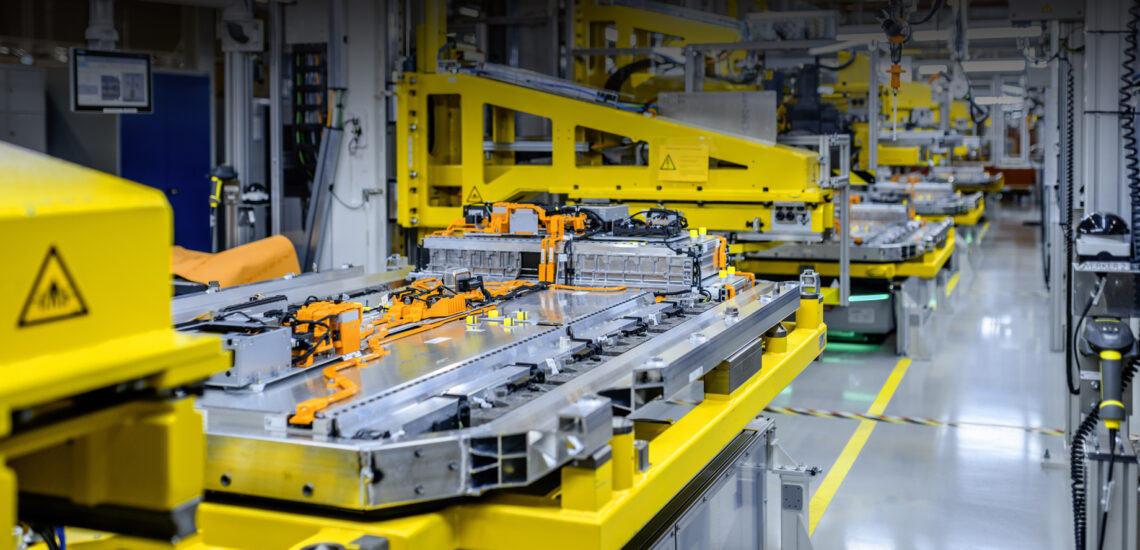Os carros elétricos não desapareceram. Desde o final do século 19, eles só foram ofuscados por carros com motores de combustão interna, exceto nos primeiros anos de vida, quando os dois tipos de transporte lutaram em igualdade de condições. Uma história tão longa levanta uma questão natural entre os céticos: por que tudo deveria mudar agora? O ponto crucial é o desenvolvimento de baterias de tração. Para que levássemos a sério a substituição de modelos clássicos por carros elétricos, três fatores precisavam se unir: alta capacidade, produção em massa e baixo preço das baterias.
O desenvolvimento de estações de carregamento e redes de estações de substituição de baterias é uma questão separada. Porém, lembremos: a necessidade de comprar gasolina em uma farmácia (vendida como agente de limpeza e solvente) não impediu Bertha Benz, que fez a primeira viagem de longa distância do mundo no carro de seu marido, Carl Benz. O lado ambiental da extração de matéria-prima e do descarte de baterias desativadas não são menos importantes. Progressos foram feitos nessas áreas nos últimos meses. Agora vamos falar sobre os três fatores cruciais do desenvolvimento mencionados acima.

“Quem matou o carro elétrico?” é o título de um documentário de 2006, cujo enredo é baseado principalmente no primeiro carro elétrico em massa do final do século XX – o General Motors EV1 (1996-1999). 1117 carros foram produzidos. A empresa os alugou. Em 2003, o programa foi encerrado, todas as amostras do EV1 foram retiradas e quase todas foram destruídas (vários carros foram enviados para museus). Teóricos da conspiração atribuíram a culpa ao lobby do petróleo.
O EV1 tinha várias versões com baterias de 16,5 kWh a 26,4 kWh e uma reserva de energia de 89 a 169 km (os números foram recalculados de acordo com os padrões da EPA 2019). Agora vamos voltar aos nossos dias e encontrar vários modelos de carros elétricos ou híbridos de carregamento (o Tesla Model S, o Lucid Air, o Aptera, o Zhiji L7, o Nio ET7, o Aito M5, o GMC Hummer EV) com baterias com capacidade de 100 a 200 kWh e uma reserva de energia licenciada de 600-1600 km (de acordo com padrões diferentes, do EPA ao NEDC). Além do crescimento da reserva de marcha nominal, corridas recordes podem ser consideradas um sinal otimista. Neles, entusiastas da direção econômica mostram na prática que é possível dirigir mais de 1000 km com uma única carga de bateria (exemplos são o Model S e o Kona Electric).
Um crescimento semelhante pode ser observado no campo da produção. Vamos representar a produção global mensal de baterias de tração de quase 22 GWh como 550.000 hatchbacks Nissan Leaf básicos de segunda geração (eles têm uma bateria de 40 kWh). Os fabricantes de carros elétricos compram células e blocos de íon-lítio de empresas terceirizadas e abrem suas próprias instalações de produção, geralmente em cooperação com as mesmas empresas especializadas.

Sem surpresa, o preço de uma bateria pronta caiu de $1.200 por quilowatt-hora em 2010 para $132 em 2021 (de acordo com a Bloomberg NEW). Essa é a média de carros elétricos, ônibus elétricos e acumuladores estacionários, e há um preço separado para carros elétricos – $118. O impacto do aumento dos preços de uma matéria-prima (lítio, cobalto, níquel) devido ao crescimento explosivo da demanda observado em 2021 não será tão significativo quando comparado com uma queda de dez vezes no custo das baterias em uma década.
Uma redução adicional no preço das baterias é questionável. Por outro lado, o desenvolvimento de redes de estações de carregamento nas cidades e nas rodovias permitirá às empresas não aumentar a capacidade das baterias, mas, pelo contrário, reduzi-la novamente e se contentar com as mais modestas e, portanto, mais leves e baratas. A recarga sem fio em movimento também resolveria o problema de baterias de tração grandes e pesadas. As questões permanecem abertas sobre a viabilidade econômica da introdução em massa de tais “rotas de carregamento”, o crescimento das capacidades, segurança e confiabilidade das redes de distribuição. Bem como a geração de eletricidade e o equilíbrio entre os diferentes tipos de usinas.
Esta é uma tradução. Você pode ler o original aqui: https://www.drive.ru/kunst/61b35118155032c35768508a.html

Publicado Março 10, 2022 • 4m de leitura






